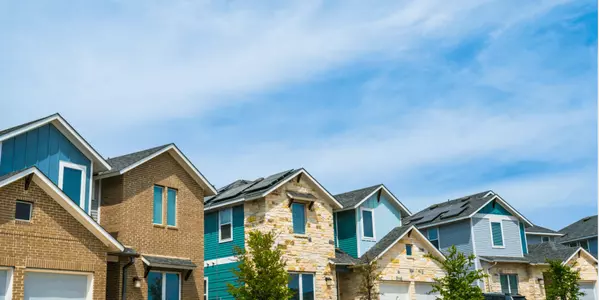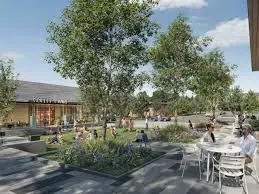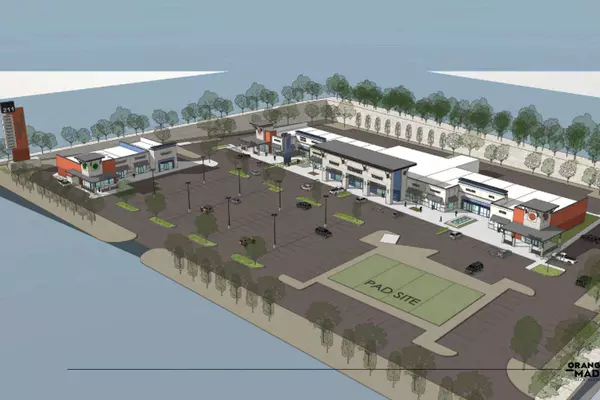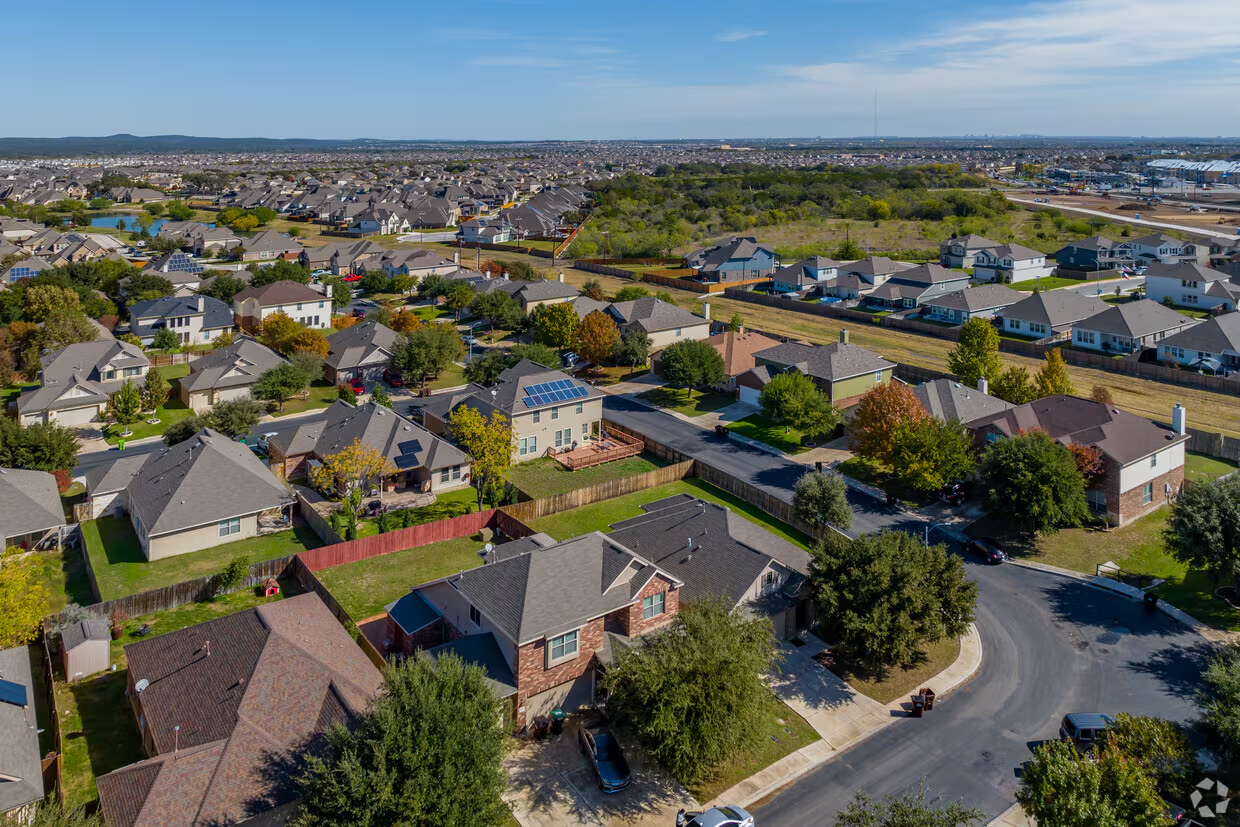San Antonio Median Income Jumps 6.18% In One Year
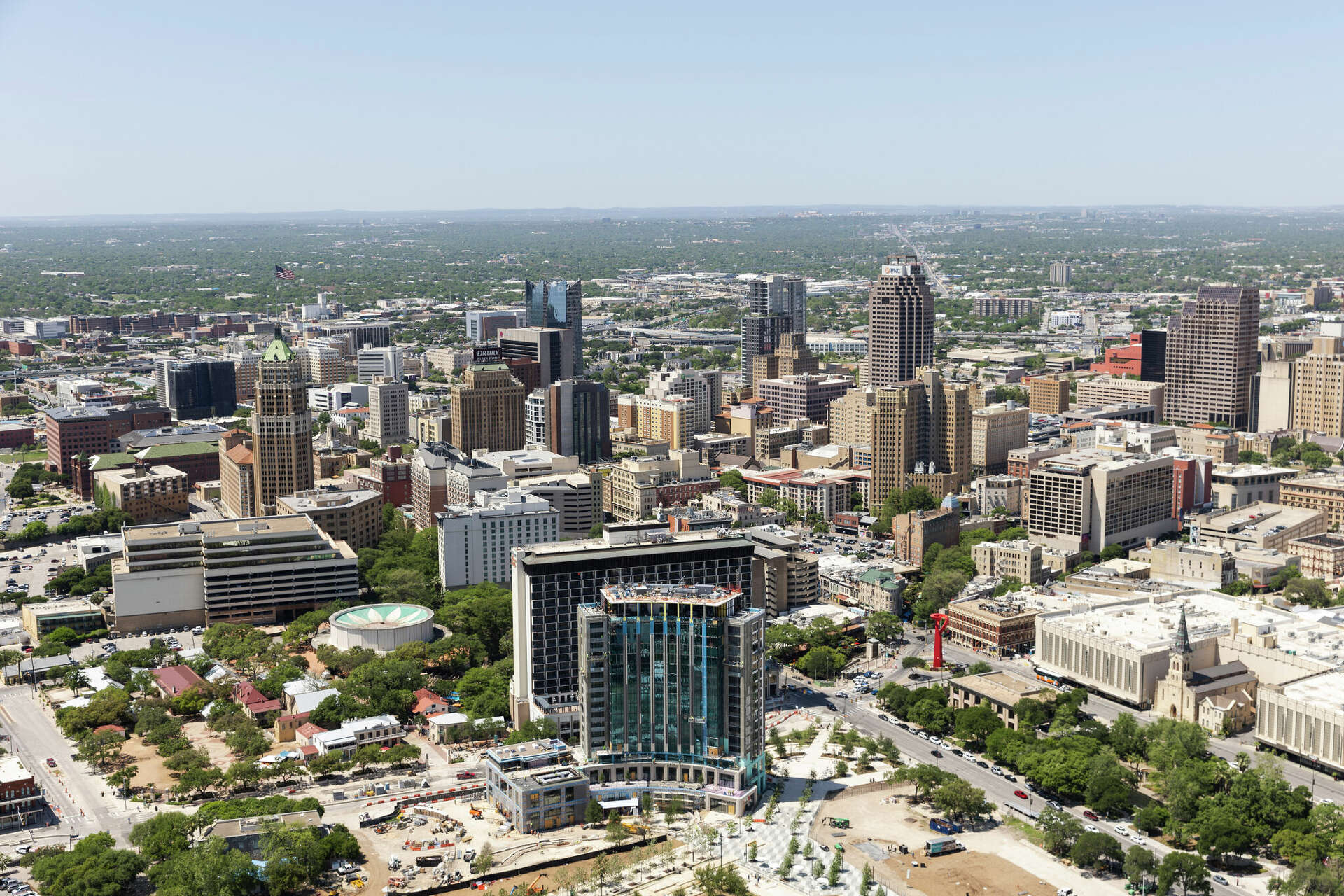
San Antonio’s steady economic growth continues to show up in the numbers — and this time, it’s household income leading the way.
According to a new study by SmartAsset, San Antonio’s median household income rose by 6.18% between 2023 and 2024, marking one of the largest increases among major U.S. cities. The report, titled “U.S. Cities With the Highest Income Growth,” analyzed data from the U.S. Census Bureau’s 1-Year American Community Survey and compared the nation’s 50 most populous cities.
While the Alamo City ranked 23rd nationwide for year-over-year income growth, the story behind the numbers offers a fascinating look at how San Antonio’s economy, housing market, and lifestyle affordability are evolving — and what that means for residents, homebuyers, and local businesses.
A Closer Look at the Numbers
In 2023, the median household income in San Antonio was $62,322. By 2024, that number had climbed to $66,176 — a $3,854 jump representing a 6.18% increase.
By comparison, the national median household income rose by just 1.3%, reaching $83,730. Although San Antonio’s incomes are still below the national average, the city’s faster growth rate reflects strong local momentum in employment, business expansion, and population inflow.
For context:
-
Tampa, Florida topped the national list with a 15.46% income increase, the highest in the country.
-
San Antonio’s growth rate placed it ahead of many other Texas metros and ranked it among the top 25 income growth cities in the U.S.
This positive trajectory reflects a broader trend of economic vitality and diversification across San Antonio, especially in sectors like healthcare, technology, and military-affiliated industries.
Income Growth by Group: Families and Seniors
The SmartAsset study also broke down income data by household type, showing how different demographic groups are faring across the city.
-
Family households in San Antonio saw a 1.4% year-over-year increase, bringing the 2024 median income to $69,906.
-
Senior households experienced the most significant growth, with incomes jumping 13.56% to $56,008 — nearly $6,700 more than the year before.
This rise among seniors is particularly encouraging. It may be tied to pension adjustments, investment income growth, or improved access to retirement benefits, signaling greater financial stability for the city’s aging population.
What This Means for San Antonio’s Economy
Income growth is more than a statistic — it’s a reflection of economic confidence, workforce strength, and investment appeal.
Here’s what the 6.18% increase suggests about San Antonio’s local economy:
-
More Disposable Income for Local Spending:
As incomes rise, residents have greater purchasing power, which boosts retail, dining, and service industries — especially in growing commercial areas like Alamo Ranch, Stone Oak, and the Far Westside. -
Increased Stability in the Housing Market:
Higher median income can help offset rising home prices and mortgage rates, supporting continued homeownership demand in both established and new-build neighborhoods. -
Attraction for New Employers and Talent:
Companies often view income growth as a sign of a healthy, expanding market. San Antonio’s blend of affordability and upward income trends could attract more corporate relocations and start-ups looking for a balanced business environment.
Real Estate Impacts: Income and Affordability
While the income increase is good news, affordability remains a critical conversation. Despite a boost in earnings, San Antonio’s median income still trails the national average by over $17,000, underscoring the city’s ongoing affordability advantage — but also its economic gap compared to larger metros.
For homebuyers, this dynamic has two key implications:
-
More room for growth in property values: As incomes continue to climb, so does the potential for long-term appreciation in residential real estate.
-
Sustained affordability compared to national markets: Even with recent price increases, San Antonio remains one of the most cost-effective major cities to own a home, especially for first-time buyers and military families.
Local experts, including Realtor GRI Tre Serrano, note that the combination of steady income growth, job stability, and housing demand continues to keep San Antonio’s real estate market resilient. Neighborhoods across the Northwest, Far West, and Northeast corridors are particularly active as new developments and amenities draw in residents seeking both lifestyle convenience and long-term value.
Broader Trends Across Texas
San Antonio’s income growth also fits within a larger state-wide picture. Texas metros continue to outperform national averages in population growth and job creation, even as income levels vary between cities.
For example:
-
Austin remains one of the state’s highest-earning metros but faces affordability challenges.
-
Dallas-Fort Worth continues to attract corporate relocations, pushing income and housing costs upward.
-
San Antonio, by contrast, balances moderate wages with a lower cost of living, offering a more sustainable path for middle-income families.
This mix of affordability and growth potential helps explain why San Antonio real estate continues to be one of the most attractive investment markets in Texas.
Why Income Growth Matters for Homeowners
An increase in median income can positively influence several aspects of homeownership and community life, including:
-
Higher lending confidence: Mortgage lenders are more likely to approve favorable loan terms in markets where incomes are rising.
-
Improved neighborhood investment: Growing incomes often lead to more reinvestment in local businesses, schools, and public amenities.
-
Increased housing equity: Homeowners benefit from steady demand, as buyers with higher income levels compete for well-located properties.
These economic dynamics reinforce San Antonio’s long-term housing stability and make it a strategic location for both homebuyers and investors.
The Challenge Ahead: Keeping Pace With Inflation
Despite encouraging growth, SmartAsset’s report highlighted an important caution: many households nationwide did not keep pace with inflation, which averaged around 3% during the same period.
While San Antonio’s 6.18% growth outperformed inflation, the cost of living — particularly in housing and transportation — continues to rise. Maintaining affordability will require continued wage growth and responsible development planning, both of which remain priorities for local policymakers and businesses.
Looking Ahead
San Antonio’s economic story is one of steady resilience. From military innovation to health care expansion and tech industry momentum, the city is diversifying its economic base while maintaining its signature affordability and livability.
As incomes rise and opportunities expand, residents can expect more balanced growth that supports both homeowners and renters.
For buyers and sellers in today’s market, this means:
-
Continued buyer interest in well-priced homes near growing job centers.
-
Ongoing demand for affordable housing across suburbs like Cibolo, New Braunfels, and Helotes.
-
Strong investment potential for those who act early in emerging neighborhoods.
San Antonio’s 6.18% median income increase may not make national headlines like some coastal cities, but it reflects sustainable, meaningful progress — the kind that builds wealth, strengthens neighborhoods, and supports long-term community growth.
As local incomes rise and the real estate market adapts, the Alamo City continues to stand out as one of the most balanced and opportunity-rich metros in Texas.
Follow us on social media for more insights on San Antonio real estate trends, local economic growth, and market updates that help you stay informed and empowered.
📫 Brought to you by Callthecavalrygroup.com – your guide to San Antonio living, growth, and opportunity.
Recent Posts


